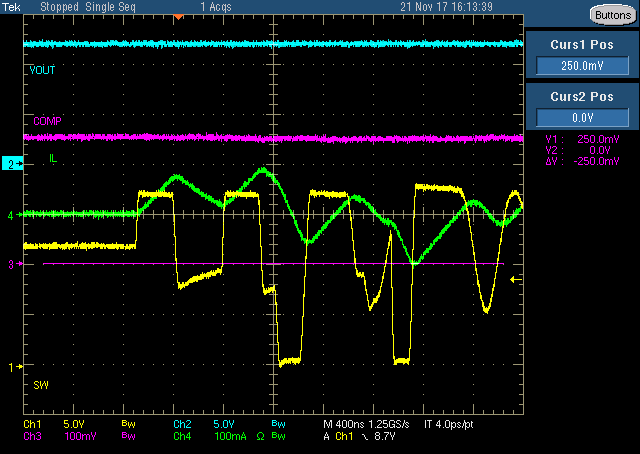Hi,
Let me talk about the thresh entering light load operation.
Data sheet has the following description.
However, the actual operation is different.
Please confirm the attached file.
TPS54335A light load operation issue.pdf
I have two questions about this difference
1.Could tell me the timing to enter the real light load mode?
Is not it actually 0.5A?
2.Could you tell me how to check the timing of entering the light load mode on actual board or EVM?
Customer wants to check the threshold to enter the accurate light load mode for low noise power supply circuit.
Best Regards,
Yusuke / Japan Disty
-
Ask a related question
What is a related question?A related question is a question created from another question. When the related question is created, it will be automatically linked to the original question.


